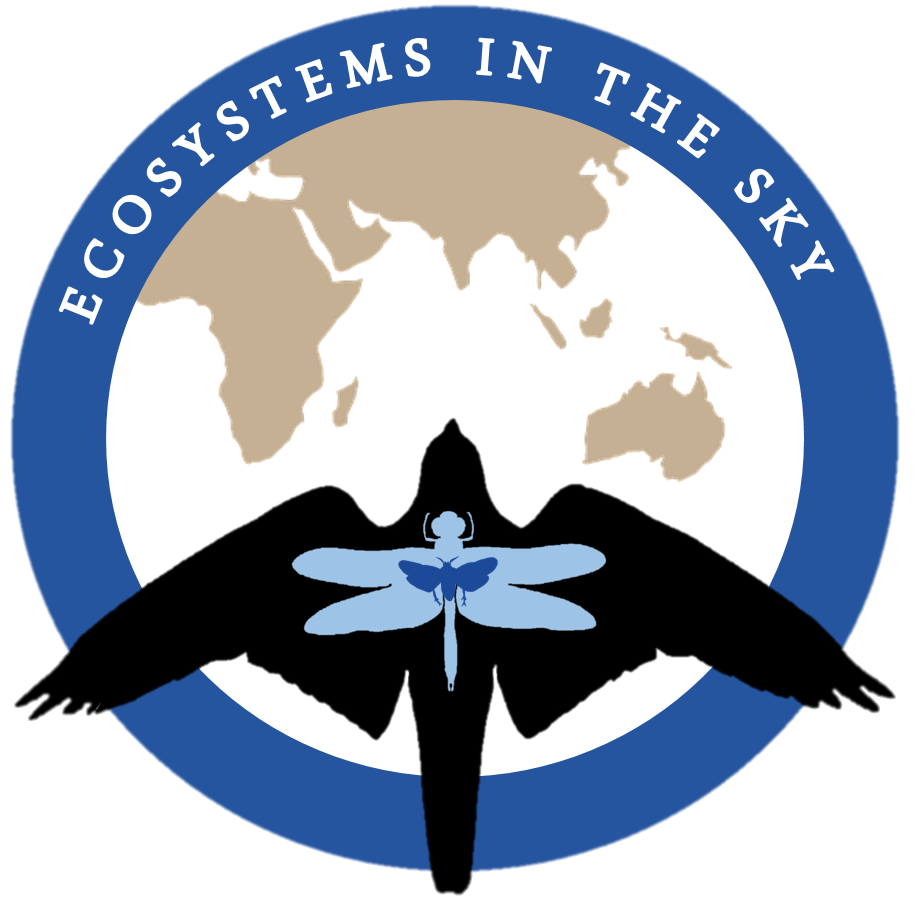There are several ways in which to join, support or help out with this project.
There are also several ways in which to contribute to the protection and conservation of the world’s migrating animals
CitiZen Science: collect wing samples
Stable isotopes extracted from wing samples can tell us where migrant dragonflies came from. The project is currently looking for samples from several migrant dragonfly species, please send us yours!
Citizen Science: report your observation!
If you see a migrating dragonfly or bird, there are ways of documenting your observations
Citizen Science: Collect dragonfly Skins!
Dragonfly nymphs leave their skins, the exuviae, when they shed it to emerge as flying dragonflies. Collect it !
coming soon:
Bird observatories for dragonflies
Several bird ringing stations and observatories by-catch dragonflies. There are plans to combine the efforts to start monitoring dragonflies as well as birds
MSc, phd and postdocs
Students and researchers interested in joining this project are very welcome to contact me and my research partners to discuss ideas.
collaborators
Project collaborators are very welcome! Currently, connections have been established in India, Germany, the UK, Mongolia and Sweden.
School children and teachers
The project is specifically aimed at involving teachers and school children from Sweden, the UK, India and China
donate and support
Ecosystems in the sky is supported by several grants and stipends, and encourage donations to several conservation actions









